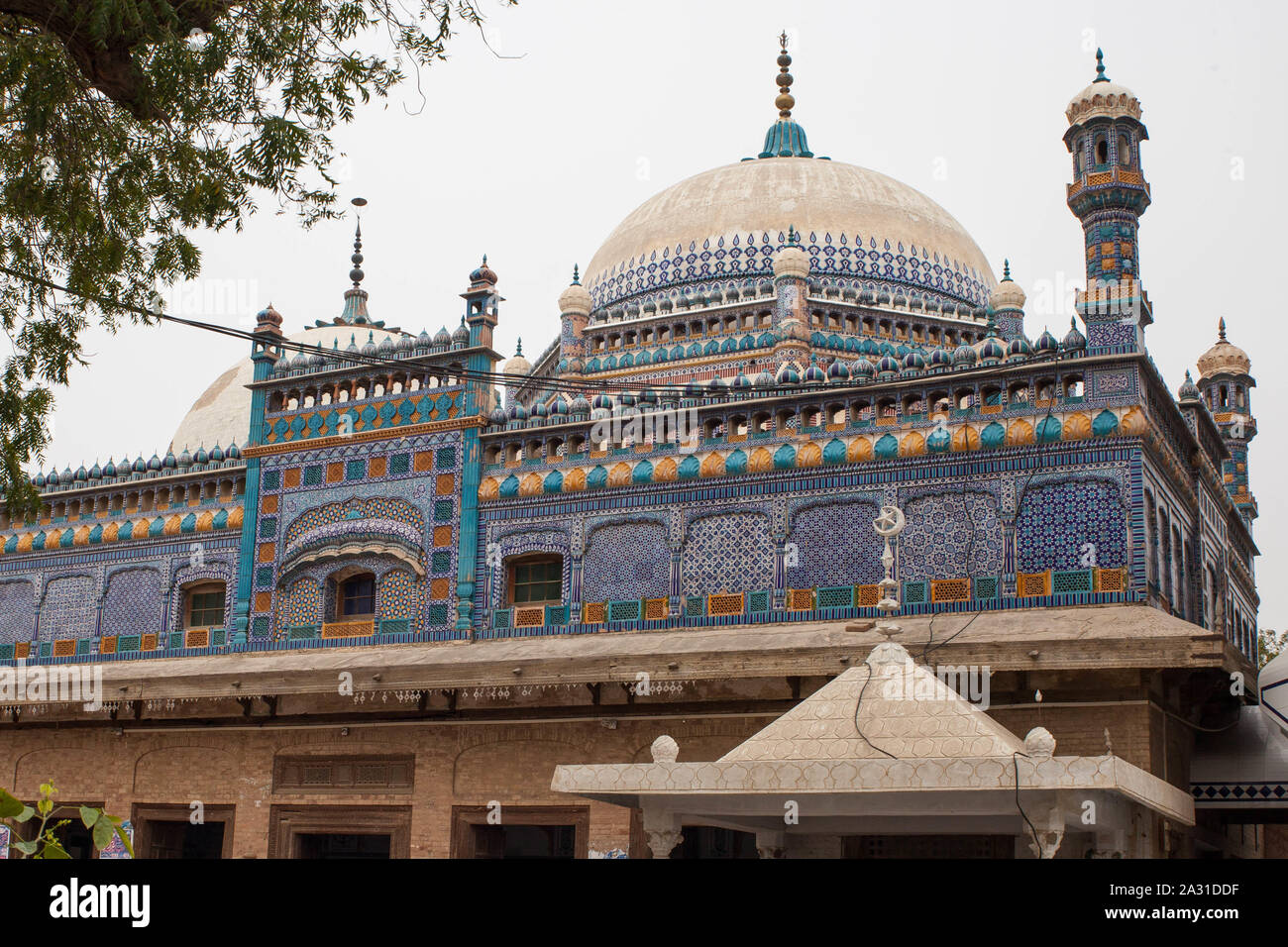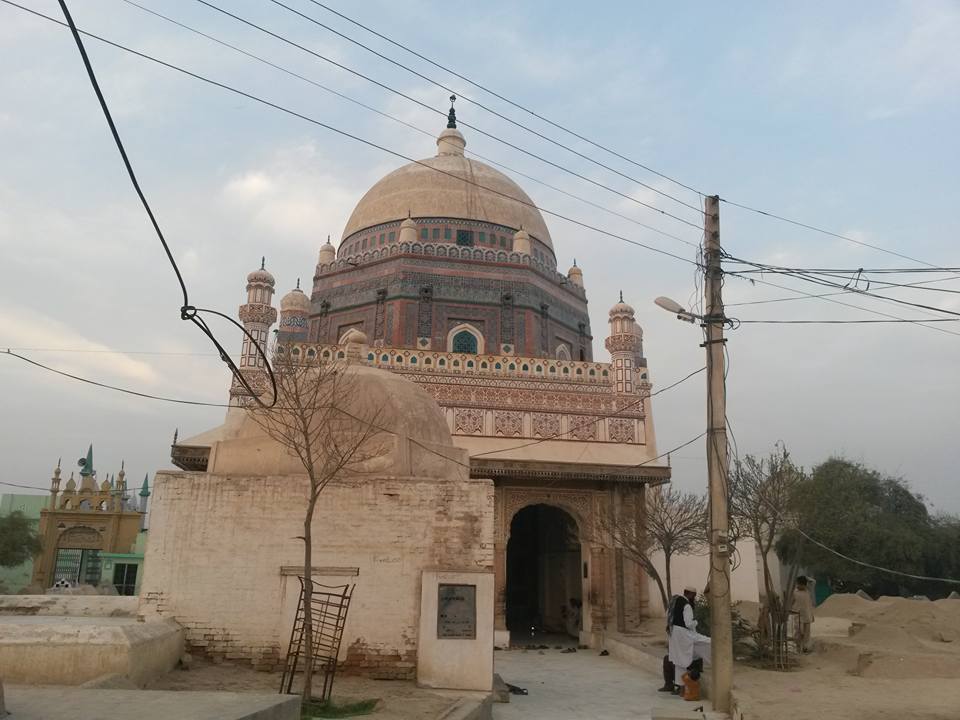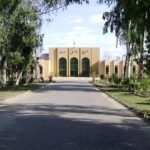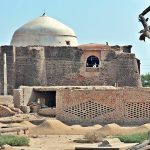District Layyah is located in southern Punjab and is part of the Dera Ghazi Khan Division. Layyah City is the district headquarter of this district. The town was founded around 1550 by Kamal Khan, a Mirani Baloch and a descendant of Ghazi Khan, who laid the foundation of Dera Ghazi Khan. Around 1610, the town was taken from the Mirani rulers by the Jaskani Balochs, who held it until 1787. Abdun Nabi Sarai was appointed Governor by Timur Shah Durrani. Still, three years later, it was included in the Governorship of Muhammad Khan Sadozai, who transferred his seat of Government to Mankera.In 1794, Humayun Shah, the rival claimant to the throne of Kabul, was captured near Leiah and brought into the town, where the order of Zaman Shah put out his eyes. Under the Sikh Government, the town once more became the centre of administration for the neighbouring tract, and after the British occupation in 1849, was for a time the headquarters of a Civil Administrative Division. This administrative status of Layyah was short-lived, and the British rulers reduced it to the level of Tehsil Headquarters, making it a part of Dera Ismail Khan. In 1901, Layyah was transferred to the new District of Mianwali. Later on, it was made part of the Muzaffargarh District. In 1982, Layyah Tehsil was upgraded to District Headquarters comprising three Tehsils: Layyah, Karor Lal Esan and Choubara. The municipality was created in 1875. The population, according to the 1998 census, was 2 Million. Per capita income during the ten years ending 1902-03 averaged Rs. 9,900, and expenditure Rs. 10,100. In 1903-04, the income was Rs. 10,600, chiefly derived from octroi, and the expenditure was Rs. 10,600.
Places to Visit
Khawaja Ghulam Hassan

Khawaja Ghulam Hassan Sewag Shareef was born in a village called Dagar Sewag, District Layyah in the middle of 19th Century. He was raised as an orphan and studied with Moulana Nur Khan, who was a deputy of Khawaja Muhammad Usman Damani (d.1314 AH). By the advice of his teacher, he first took allegiance in the Naqshbandi Path with Khawaja Damani. After the demise of his shaykh, he continued his spiritual journey with his shaykh’s son Khawaja Muhammad Siraj-ud-Din, who awarded him deputyship in the Sufi Path.He established a sufi khānqāh in Hasanabad Thal, near Karor Lal Esan, and was famous for converting large numbers of Hindus in Islam who would convert only by looking at his blessed face. He died on 13 Jamadi-ul-Awwal 1358 AH (1939). His annual Urs is celebrated at his shrine in the form of a purely religious and spiritual congregation.
Karor Lal Esan

Karor Lal Esan Punjabi,Urdu, or Kot Karor, is a city of Layyah District in the Punjab province of Pakistan. The city is the capital of Karor Lal Esan Tehsil and administrative subdivision of the district. It is located at 31°13’0N 70°57’0E with an altitude of 148 metres (488 feet). Its old name is Depalpur.The city is partially named after a saint, Hazrat Lal Esan, Who recited 10 million times the Sura Yaseen (A chapter from The Holy Quran) while standing on foot in the Indus River. In Urdu 10 million is equal to 1 Karor that’s why the city is called Karor Lal Esan. Hazrat Lal Esan was the grandfather of the famous Bahudin Zakarya Multani.This city is located on the west coast of the famous Indus River. There is a popular festival, called Mela Chodhwein, held in Karor every year in September. This festival is celebrated in the memory of Hazrat Lal Esan. The fair showcases a number of events such as horse racing, tent pegging, camel fighting, bullfighting and racing, wrestling, kabaddi, dodda, and many others. Religious status; SSP and Jaish are main religious groups of Karor lal easan.


